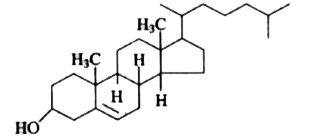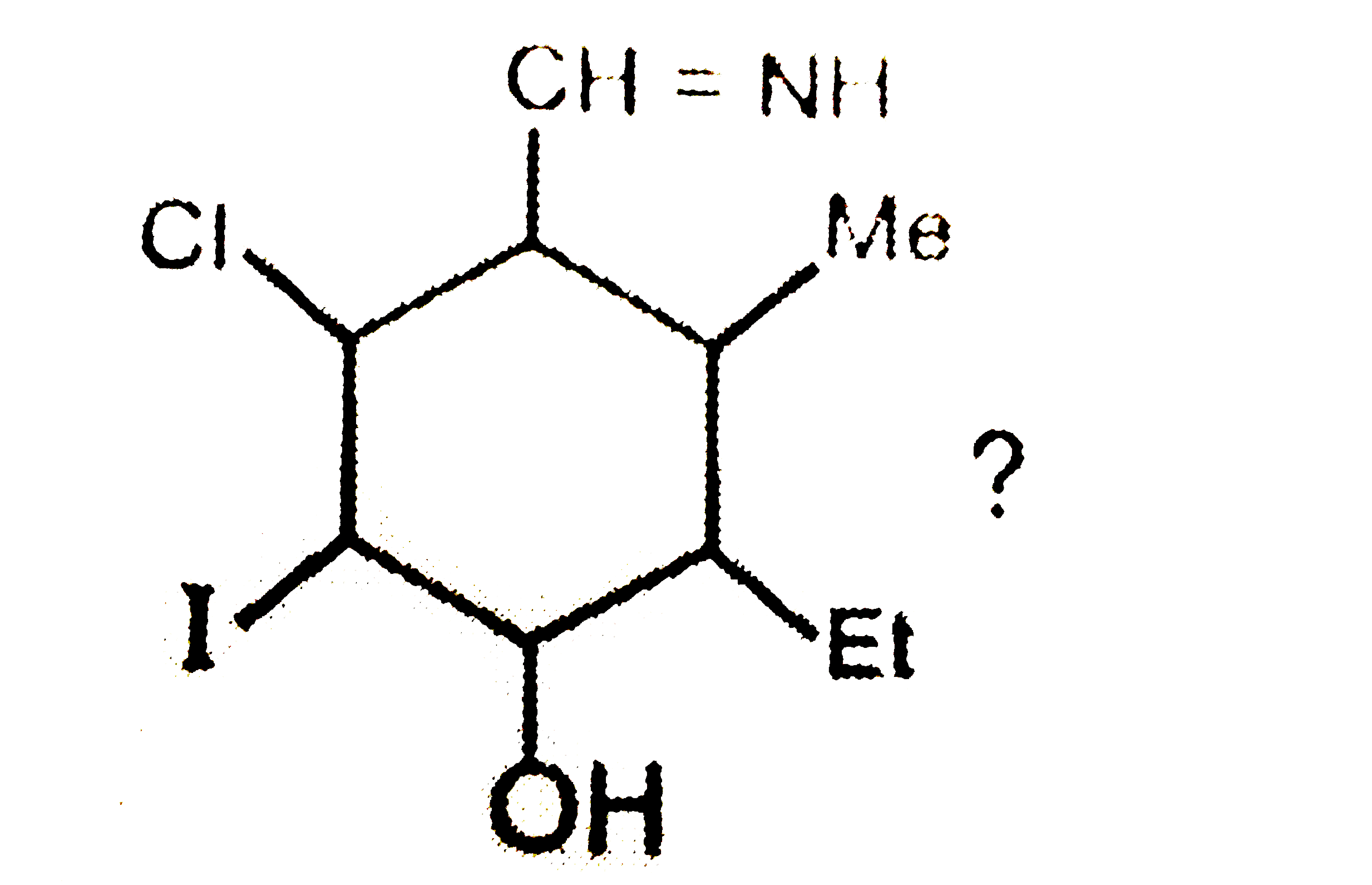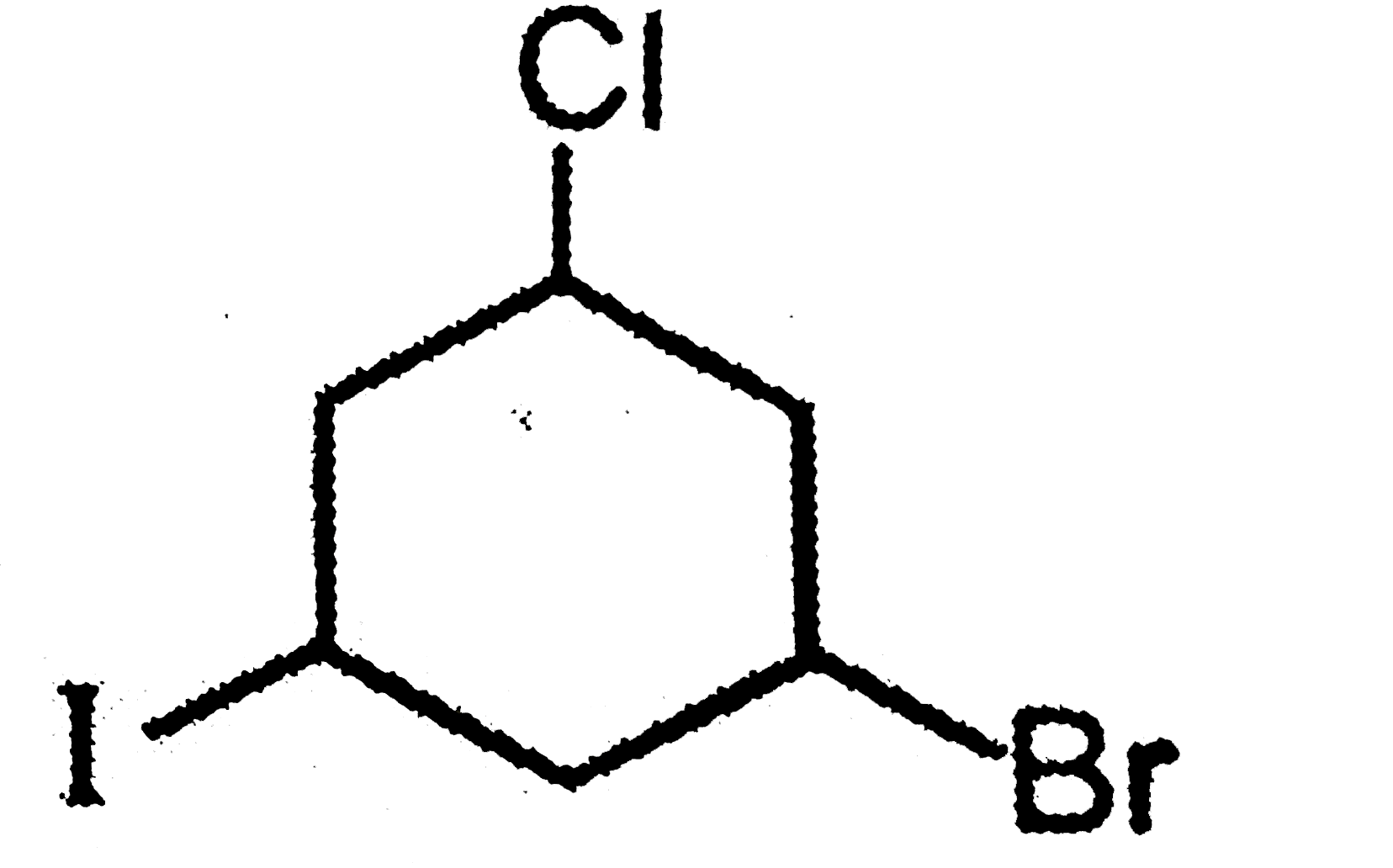How many chiral compounds are possible on monochlorination of 2-methyl butane
8
2
4
6
The correct Answer is:B
To determine how many chiral compounds are possible from the monochlorination of 2-methylbutane, we will follow these steps:
Step 1: Understand the structure of 2-methylbutane
2-methylbutane has the following structure:
CH3∣CH3−CH−CH2−CH3
This can also be represented as:
CH3|CH2−CH−CH3|CH3
Here, the second carbon has a methyl group attached to it.
Step 2: Identify the hydrogens that can be replaced by chlorine
In monochlorination, we can replace one hydrogen atom with a chlorine atom. The hydrogens are located on the following carbons:
- Carbon 1: CH3 (3 hydrogens)
- Carbon 2: CH (1 hydrogen, 1 methyl, 1 ethyl)
- Carbon 3: CH2 (2 hydrogens)
- Carbon 4: CH3 (3 hydrogens)
Step 3: List the possible monochlorination products
1. Chlorination at Carbon 1:
- Product: CH2Cl-CH(CH3)-CH2-CH3 (no chiral center)
2. Chlorination at Carbon 2:
- Product: CH3-CH(Cl)-CH2-CH3 (chiral center)
3. Chlorination at Carbon 3:
- Product: CH3-CH(CH3)-CH(Cl)-CH3 (chiral center)
4. Chlorination at Carbon 4:
- Product: CH3-CH2-CH(CH3)-CH2Cl (no chiral center)
Step 4: Identify chiral centers
A chiral center is a carbon atom that has four different substituents.
- Product 1: No chiral center (two identical hydrogens).
- Product 2: Chiral center (one hydrogen, one methyl, one ethyl, one chlorine).
- Product 3: Chiral center (one hydrogen, one methyl, one isopropyl, one chlorine).
- Product 4: No chiral center (two identical hydrogens).
Step 5: Count the chiral compounds
From our analysis:
- Chiral compounds: Product 2 and Product 3.
- Total chiral compounds: 2.
Final Answer
The total number of chiral compounds possible from the monochlorination of 2-methylbutane is 2.
---
2-methylbutane has the following structure:
CH3∣CH3−CH−CH2−CH3
This can also be represented as:
CH3|CH2−CH−CH3|CH3
Here, the second carbon has a methyl group attached to it.
In monochlorination, we can replace one hydrogen atom with a chlorine atom. The hydrogens are located on the following carbons:
- Carbon 1: CH3 (3 hydrogens)
- Carbon 2: CH (1 hydrogen, 1 methyl, 1 ethyl)
- Carbon 3: CH2 (2 hydrogens)
- Carbon 4: CH3 (3 hydrogens)
1. Chlorination at Carbon 1:
- Product: CH2Cl-CH(CH3)-CH2-CH3 (no chiral center)
2. Chlorination at Carbon 2:
- Product: CH3-CH(Cl)-CH2-CH3 (chiral center)
3. Chlorination at Carbon 3:
- Product: CH3-CH(CH3)-CH(Cl)-CH3 (chiral center)
4. Chlorination at Carbon 4:
- Product: CH3-CH2-CH(CH3)-CH2Cl (no chiral center)
A chiral center is a carbon atom that has four different substituents.
- Product 1: No chiral center (two identical hydrogens).
- Product 2: Chiral center (one hydrogen, one methyl, one ethyl, one chlorine).
- Product 3: Chiral center (one hydrogen, one methyl, one isopropyl, one chlorine).
- Product 4: No chiral center (two identical hydrogens).
From our analysis:
- Chiral compounds: Product 2 and Product 3.
- Total chiral compounds: 2.
The total number of chiral compounds possible from the monochlorination of 2-methylbutane is 2.
Topper's Solved these Questions
Similar Questions
Knowledge Check
How many total products will bwe obtained by monochlorination of 2-methyl butane and how many can be separated by fractional distillation?
A6, 4B5, 4C6, 2D4, 2The number of possible enantiomeric pairs that can be produced during monochlorination of 2-methyl butane is :
A3B4C2D1How many chiral centers are present in cholesterol?
 A7B8C9D5
A7B8C9D5



 .
.